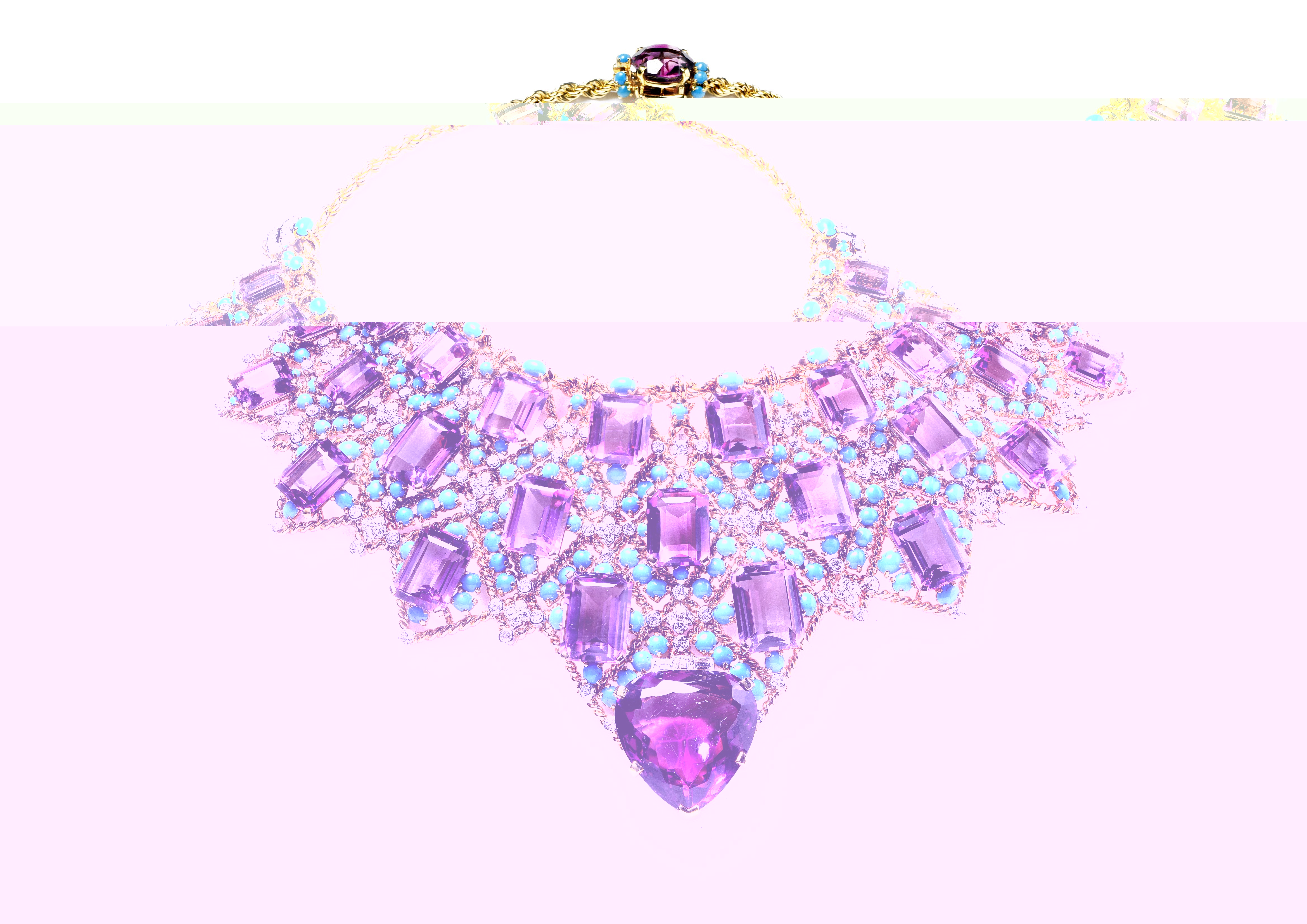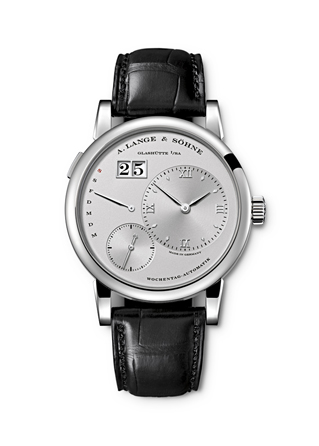Your past is what makes you. That isn’t only applicable to humans, but to brands too. And it’s even truer in the case of luxury brands. After all, the fact that some brands have been around for more than 100 years gives them that extra aura of exclusivity and awe.
Many old brands, today, rightfully take advantage of their history to earn the trust of luxury consumers, especially the ever-rising crop of new consumers. Brands become luxury over a period of time, after a lot of struggles sometimes, of which brands are very proud. Communicating that history and heritage, thus, in different ways, can give multiple benefits to luxury brands. This becomes even more imperative in today’s economic scenario when mature luxury consumers are going back to examine a brand’s roots and make a more responsible decision with their hard-earned money.
To put it simply, there are three ways in which the history of a brand can be utilized to spin a glorious story and help luxury brands break through the clutter.
Say it Subtle
When Cartier opened the doors of its first store in India, it reminisced quite a bit about their past, profitable relationships with Indian maharajas. Their media activities and launch events pointed to the fact that they were not new to India and Indians, having had a glorious history in the country, but were just coming back after a long hiatus. The famed Patiala necklace was much talked about. That greatly helped the brand to make a connection with Indian audiences.
Similarly, A. Lange & Soehne makes sure that its intriguing history is communicated to the target audience through various methods. Mr. Walter Lange, the founder, has even penned down a biography – The Revival of Time – which gives the reader an insight into this courageous man and decision-maker, who revived the brand after many years (the brand had to shut down after World War II).
This educates current and potential consumers about the pedigree and rich lineage of a brand. So when they buy the brand, it’s not just the product, but a piece of mesmerizing heritage they are purchasing – one which they can be proud of, and at times, flaunt too.
Re-create
Luxury brands, at times, re-create iconic products. This not only helps to get back the aura of the brand, but also charm new consumers. Omega’s Speedmaster watch was the only watch approved by NASA to be sent to moon along with Edwin Aldrin. Since this historic event, Omega has perfected their design and come out with higher versions of the watch, but with the slice of interesting history attached to it. Again, it’s not only the product which consumers buy here, but also the fascinating history of the watch and its technical superiority proved by its ability to travel to moon.
It’s not an easy task to re-create products in a way so that its original spirit stays intact. If a brand can, then nothing like it to generate a buzz, and some extra sales too in the process! And once a brand has re-created the product, marketing it with the correct nostalgia makes it even more credible. Historic images, little details and facts, and special events make for an remarkable marketing mix.
Be in the middle
In a similar fashion, Bally, which was a part of Sherpa Tenzing Norgay’s historical ascent to Himalayas, recently celebrated the 60th anniversary of this feat through various events. A special capsule collection to commemorate the event will be launched is September 2013.
While this is not exactly re-creating the same product, but such activities help to keep the brand in the middle of conversation. Re-visiting the history creatively makes for good conversation starters with new clients. Use such events as a PR activity. While the media narrates the fascinating history, consumers will feel more knowledgeable and closer to the brand, increasing their trust and attraction for it.
There are multiple ways in which a brand’s history can be revisited to create a unique aura built on heritage and craftsmanship. Not only the brand, but consumers also benefit from this knowledge, which helps them create a more informed choice. A win-win situation as we see it…




